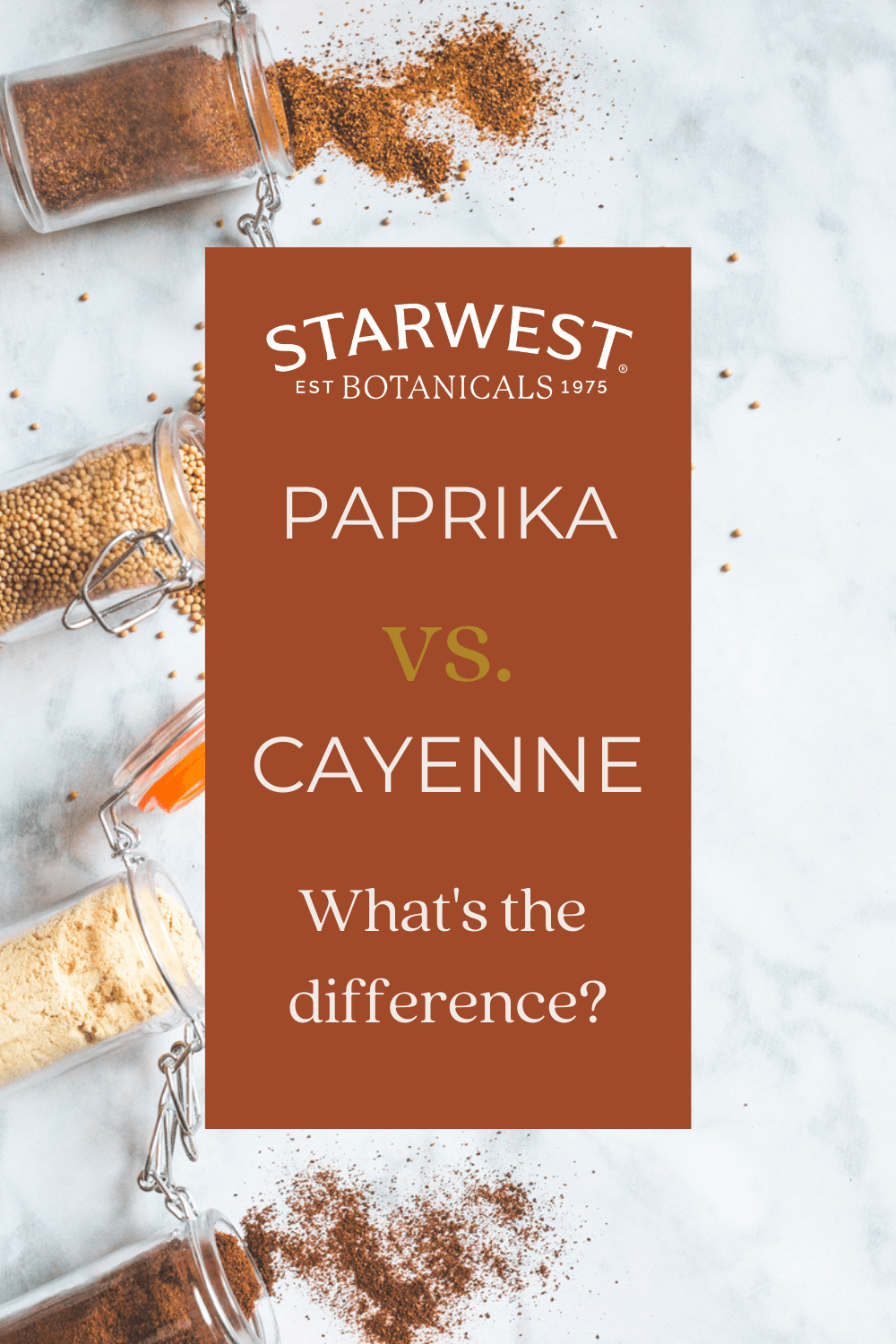- No. 268 Xianghe Street, Economic Development Zone of Xingtai city, Hebei 054001 China
- Byron@hbhongri.cn
chili and paprika
Chili and Paprika A Flavorful Exploration
Chili and paprika are two vibrant spices that not only add color and depth to a dish but also bring unique flavors that can transform culinary experiences. While they share a common ancestry, their distinct characteristics make them indispensable in various cuisines around the globe. In this article, we delve into the origins, uses, and health benefits of these two beloved spices.
Chili peppers, which belong to the Capsicum genus, originated in Central and South America. They were domesticated over 6,000 years ago and have since spread worldwide, becoming a staple ingredient in many cuisines. The heat of chili peppers varies significantly, depending on the type and variety. From the mild anaheim to the fiery habanero, each offers a unique flavor profile, with heat measured on the Scoville scale. This versatility allows chefs and home cooks to experiment and find the perfect balance of spice for their dishes.
Paprika, on the other hand, is made from ground red bell peppers or other mild varieties of Capsicum. Originating in Hungary and Spain, paprika is known for its sweet, smoky, or even spicy flavors, depending on the specific type of pepper used. Hungarian paprika, for example, is known for its rich, sweet taste and vibrant red color, while Spanish paprika often has a smoky flavor due to the drying process involving oak wood. Paprika's allure lies in its ability to enhance dishes without overwhelming them, making it a popular choice for seasoning everything from stews to salads.
chili and paprika

In terms of health benefits, both chili and paprika offer a wealth of nutrients. Chili peppers are rich in vitamins A, C, and E, as well as antioxidants that can help reduce inflammation and boost metabolism. The capsaicin found in chili peppers is known for its pain-relieving properties, and studies suggest it may play a role in weight management by increasing energy expenditure.
Paprika, while milder, is no less nutritious. It contains vitamin A, which is essential for healthy vision, as well as vitamin E, known for its antioxidant properties. Additionally, paprika is often associated with promoting heart health and improving digestion due to its ability to stimulate the production of digestive enzymes.
In culinary applications, chili and paprika can be used interchangeable in some dishes, but they each shine in their own right. Chili peppers are ideal for adding heat and depth to salsas, curries, and marinades, while paprika works wonders in dishes like goulash, deviled eggs, and as a garnish for a pop of color.
In conclusion, chili and paprika are not just spices; they are essential components of culinary art that bring warmth, flavor, and color to our meals. By understanding their distinct characteristics and health benefits, we can better appreciate their role in our kitchens and enjoy the delightful heat they bring to our tables. Whether you prefer the fiery kick of chili or the subtle warmth of paprika, both spices undoubtedly enrich our culinary experiences.
-
The Versatile Uses and Benefits of Capsicum Frutescens Oleoresin and ExtractsNewsJun.03,2025
-
Paprika&Chili Products Enhancing Flavor and Wellness in Every BiteNewsJun.03,2025
-
Paprika Extract and Capsicum Applications in Food and IndustryNewsJun.03,2025
-
Exploring the Benefits and Uses of Turmeric Powder and Curcumin ExtractNewsJun.03,2025
-
Discover the Bold Flavor of Premium Chilli Powder from ChinaNewsJun.03,2025
-
Capsicum Oleoresin Extract: A Potent Natural Ingredient in Modern ApplicationsNewsJun.03,2025







